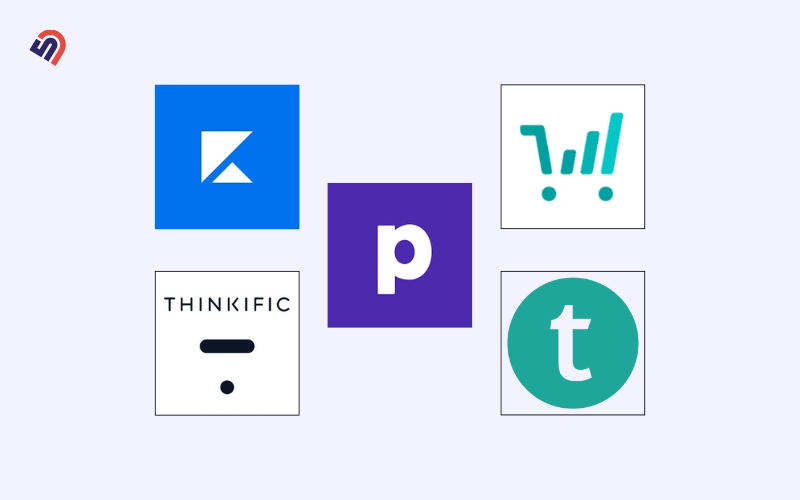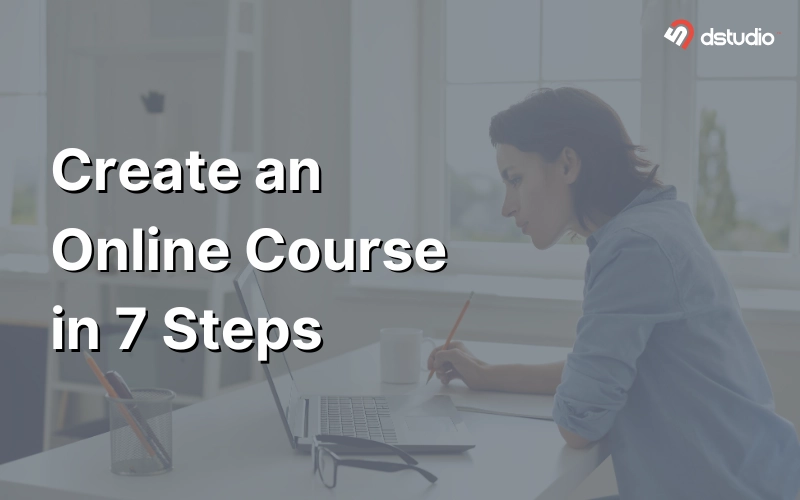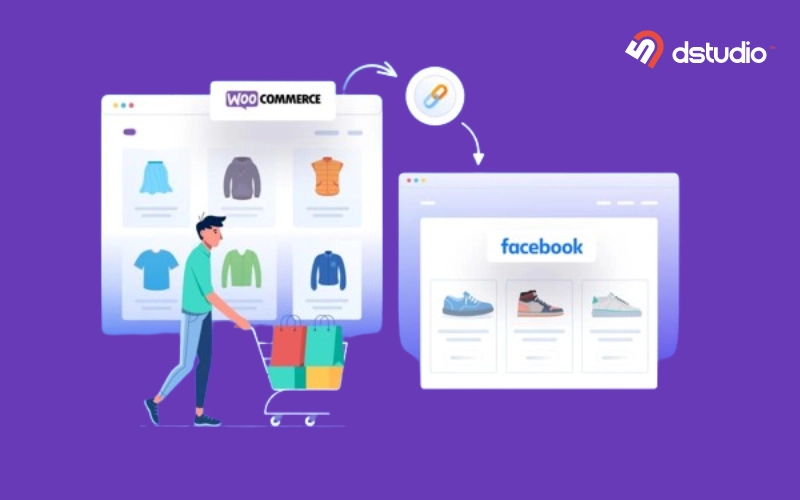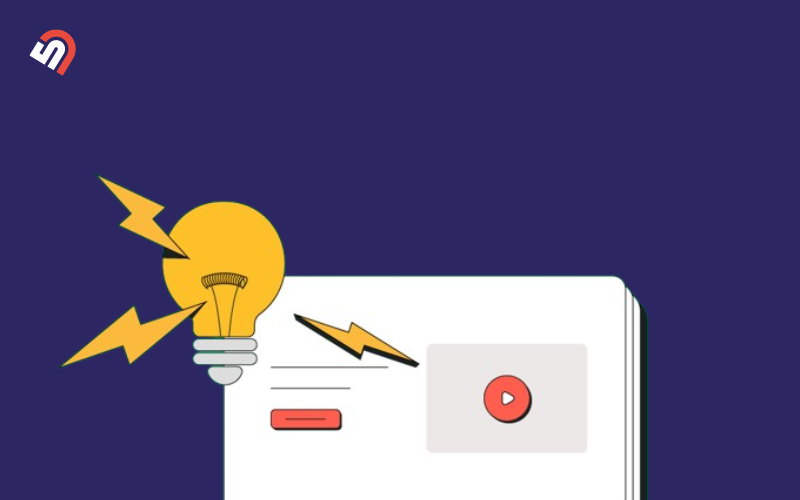If you’ve been curious about how to start making money with online courses but didn’t know where to begin, this guide is for you.
By the end of this article, you’ll have a clear understanding of everything you need to get started and even work towards building a successful course over time. I’ll also share extra resources to help you dive deeper.
Consider this your ultimate roadmap to turning your knowledge into income through online courses, giving you the confidence to take your first steps.
The Courses Business Model
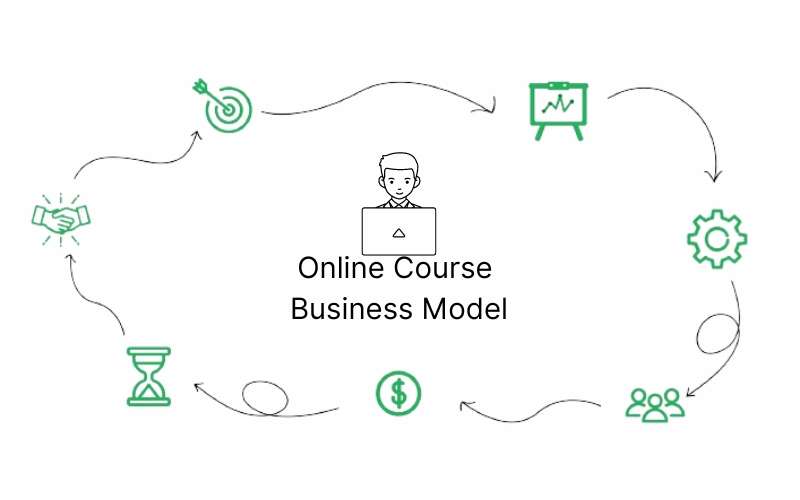
If you want to make money by creating online courses, there are different options to consider.
1. Online Courses
Online courses are the most common and come in two main types:
- Self-Paced Courses: These let students learn on their own schedule. You create the course materials (like videos, quizzes, and PDFs) once, and students can access them whenever they want.
- Cohort-Based Courses: Cohort-based online courses are a popular way to learn that gathers a group of students to take a course together at the same time. These courses follow a set syllabus, and students go through the material as a group, often engaging with each other in real time.
2. 1:1 Coaching
If you like working closely with people and want to help them on an individual level, 1:1 coaching might be for you. You’ll meet with students directly and customize your advice based on their unique needs.
This approach can take a lot of time, but it can also be very profitable, especially if you establish yourself as an expert in a specific area.
3. Self-Published Book
Writing and self-publishing a book is another great way to earn money and show your expertise. Services like Amazon’s Kindle Direct Publishing (KDP) make it easy for anyone to turn their knowledge into a book and sell it to people around the world.
Building Your Online Course Step by Step
Now that you understand the business models, let’s walk through the process of building your course, step by step:

Naming :
Keep the name of your course simple, clear, and focused on the transformation they’ll achieve. Think about what your course promises and let the title reflect that.
Suppose you are creating a course for teaching beginners about how to play guitar. You can use this Chat GPT Prompt for idea generation:
[Give me 20 naming ideas for a course teaching beginners how to play the guitar. make the name fun and alliterative.]
Transformation:
Every successful course offers a clear transformation—taking someone from one point in their life to a better, more knowledgeable one.
Start by identifying who your course is for and what specific problem or goal they have. Then, ask yourself: what will they achieve by the end of the course?
This could be mastering a new skill, solving a specific challenge, or reaching a personal or professional goal.
Your course should guide them step by step toward that transformation. Clearly define this journey so your students know exactly how their life will improve after completing your course.
Target Audience:
Knowing your audience is key. Who are you creating this course for? Think about their age, needs, struggles, and goals. The more specific you are, the better you can create your content to meet their needs.
Set Course Outline:
Your course structure should be simple and aligned with clear learning goals. Break the content into modules and lessons that build progressively.
For example:
- Module 1: Basics of Playing Guitar
- Lesson 1: Introduction to Guitar Anatomy
- Lesson 2: Basic Chords and Strumming Patterns
- Lesson 3: Common Mistakes Beginners Should Avoid
- Module 2: Intermediate Guitar Techniques
- Lesson 1: Fingerpicking Techniques
- Lesson 2: Barre Chords and Transitions
Also you can ask chat gpt to make you a course outline.
Platform:
Decide where you will host your course. You can either use a third-party platform like Udemy or Skillshare or host it on your own website for full control.
Own Website
If you choose to host your course on your own website, you’ll need to consider tools like WordPress, Kajabi, or podia to set up a landing page and payment gateway. Alternatively, you can opt for a fully custom solution to build your website.
Other Platforms
Alternatively, platforms like Udemy, Skillshare, or Coursera allow you to reach a broader audience without worrying about the technical setup. These platforms often have built-in audiences, but they may take a percentage of your earnings.
So for your online course business I recommend having own website rather than third party platform.
What Your Course Selling Landing Page Should Contain:
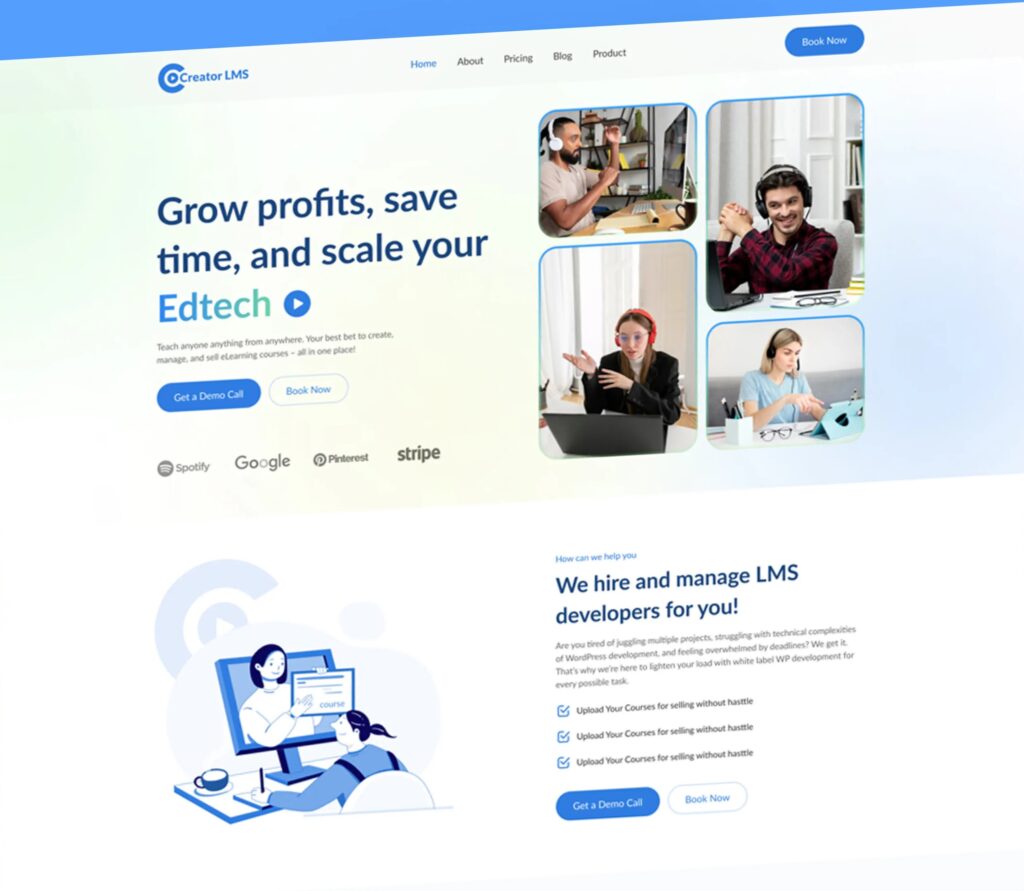
Once you’ve chosen the platform to build your website, the next step is to plan its content structure.
Your course landing page is crucial for attracting potential students, so it needs to be clear, engaging, and informative. Here’s what you should include:
1. Hero Section with a Strong Headline
The first thing visitors see should be a compelling headline that clearly communicates what your course is about and the transformation they can expect. Pair this with a sub-headline that emphasizes the main benefits of enrolling.
For example:
“Master the Guitar in 30 Days – A Step-by-Step Course for Beginners”
2. Course Overview
Provide a concise overview of what the course covers. Highlight key topics and skills the students will learn, as well as the value they’ll gain. Keep it clear and straightforward, focusing on what makes your course stand out from others.
3. Short Video Trailer
Including a short video trailer can boost engagement and help students get a feel for your teaching style. This video should give a sneak peek into the course, explain its benefits, and build excitement about enrolling. Keep it brief—about 1 to 2 minutes.
4. Key Benefits Section
Highlight the specific benefits of taking your course. Use bullet points to clearly list what learners will achieve by the end of the course.
Focus on outcomes such as new skills, certifications, or job opportunities they might gain.
Example: Learn to play 10 songs, improve your fingerpicking skills, and master advanced techniques.
5. Course Content Breakdown
Provide an outline of the course structure. Break it down into modules or lessons so potential students can see exactly what they’ll be learning.
A clear outline helps learners understand the journey they’ll be taking and builds confidence in your curriculum.
6. Testimonials or Social Proof
If you have testimonials from past students, display them prominently on the page. Positive feedback from real people helps build trust and credibility.
If you’re just starting out and don’t have testimonials, mention any relevant achievements or credentials that reinforce your authority on the subject.
7. Pricing and Payment Options
Clearly outline the pricing of your course and any available payment options. Be transparent about what students are paying for, and if possible, offer payment plans or discounts for early sign-ups.
This helps potential buyers feel comfortable with their decision to invest.
8. Call-to-Action (CTA) Buttons
Throughout the page, include strong CTA buttons that encourage visitors to take action. Examples include:
“Enroll Now,” “Start Learning Today,” or “Join the Course”.
Place these buttons strategically in multiple locations, such as the hero section, after the benefits section, and near the course breakdown.
9. Instructor Bio
Include a brief section about you as the instructor. Share your background, expertise, and why you’re qualified to teach the course.
Adding a personal touch helps to build trust and shows potential students why they should learn from you.
10. FAQs Section
Answer common questions your potential students may have about the course. This section can cover topics like course duration, prerequisites, how they will access the materials, and whether they’ll receive certification.
How to Create Offer?

Once your course is ready, the next step is to create an irresistible offer that makes people want to sign up. Your offer is more than just a price tag—it’s the complete package of value you’re giving to your students. Here’s how you can craft a great offer:
- Focus on the Transformation
People aren’t just buying your course; they’re buying the results it promises. Make sure your offer clearly communicates the transformation your course will bring. Highlight what students will achieve or be able to do by the end of the course. - Add Bonuses
Sweeten the deal by adding bonuses that make the course feel like an even better value. This could be extra resources, templates, cheat sheets, or bonus lessons that complement the course. Make sure the bonuses are directly related to the course and provide real value. - Create Urgency
Encourage people to act fast by including limited-time offers or early-bird pricing. Urgency helps push potential buyers to make a decision rather than leaving it for later. - Money-Back Guarantee
Offering a money-back guarantee can reduce the risk for potential students. This reassures them that if they don’t find the course valuable, they can get their money back, making them more likely to enroll. - Price it Right
Pricing your course correctly is key to making it appealing. Look at similar courses and see how they’re priced. You don’t always need to be the cheapest, but your price should reflect the value you’re offering.
Book Recommendation:

For creating unbeatable offers, I highly recommend reading “$100M Offers” by Alex Hormozi. This book is packed with strategies to make your offer so good that customers feel like they’re losing out by not taking it.
The Biggest Problem: Traffic and Leads
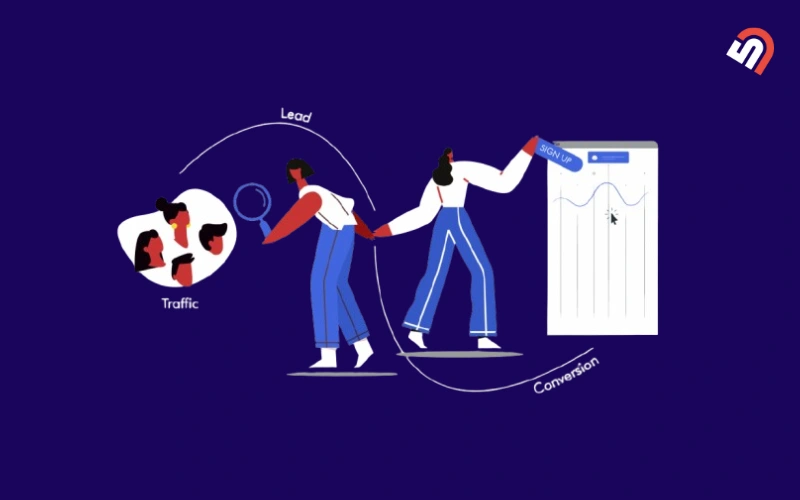
You could publish a course, set up a checkout page, and create a landing page using platforms like Kajabi or Podia. But then what?
You could wait a week, and still, nothing would happen. Why? Because no one knows your website exists.
This leads us to the most critical challenge in selling online courses: how to attract leads. Crack this code, and you could make millions selling courses. If not, you might earn nothing.
Let’s say you’re launching a course on how to play guitar. How would you tell people about it? While some might suggest just Googling it, that approach is risky.
If you search for “how to play the guitar,” you’ll see millions of results. Competing with established names and brands is incredibly tough. It takes years of high-quality content to rank well on Google, and relying solely on search traffic is not feasible for beginners.
So, how do you generate leads? Most successful course creators focus on two strategies: creating free content and running paid ads.
Free Content
Creating valuable free content is one of the best ways to attract traffic. For example, if you post a YouTube video titled “Free 10-Day Guitar Course,” it can gain traction and bring viewers to your website. People engage with the free material, find value in it, and then consider enrolling in your paid course.
Many successful course creators have established their reputation through free content. Andy Guitar, for instance, has millions of views on his beginner tutorials, which leads viewers to his paid courses.
This model builds trust and encourages potential students to invest in more comprehensive offerings.
Paid Ads
Paid ads are another option, but they come with challenges. You can run ads on platforms like Google, Facebook, and Instagram, targeting specific keywords or audiences.
However, advertising costs are rising, and beginners may find themselves losing money without a solid strategy.
If you’re considering paid ads, ensure you have a clear understanding of your audience and the effectiveness of your campaigns.
Many people who thrive in online course sales utilize a mix of free content and strategic advertising, but the focus should generally start with organic growth.
Pricing
Pricing is complicated, and entire books are written on the subject. Here’s a simple approach:
Start Low and Increase
Begin with a lower price and increase it as the course gains traction. Early buyers will feel they got a good deal, and you can raise the price as you prove the value.
Pricing can vary based on the course, and there are different type of thought on the best approach. If you’re serious about pricing, I recommend researching pricing strategies in books or online.
FAQ
What if I feel I have nothing to teach?
You likely have more to teach than you realize. Consider what you’ve learned over the years—skills from your job, experiences from school, or hobbies you’ve developed.
Think about what advice you would give your past self or what skills you could teach someone younger than you. If you feel you still lack a teachable skill, now is a perfect time to start learning something new.
What order should I do the things to build this kind of business?
Start with lead generation before creating your course. Focus on attracting an audience and validating demand. This might include offering free webinars or educational email courses.
Once you’ve built an audience and confirmed interest, then create your course and consider pre-sales to gauge demand.
What’s a funnel?
A funnel represents your customer’s journey from their first interaction with you to their purchase. It typically includes various stages, starting with traffic and narrowing down to those who check out and buy your product.
What if I don’t feel like an expert in my field?
You don’t need to be an expert; you only need to teach skills that are one or two levels below your current knowledge. Many successful course creators started as learners themselves. Focus on providing value to those who are less experienced than you.
What are the most common mistakes to avoid?
The most common mistake is not validating demand before creating your course. Always ensure there’s an audience willing to pay for your course by building a waitlist or gathering feedback on your ideas first.
How much should I give away for free?
Offering valuable content for free can actually increase your course sales. When potential customers see the quality of your free material, they’re more likely to purchase your course.
Aim to provide enough value to build trust, but retain the structured learning experience in your paid course.
How to handle refunds?
Offer a simple and frictionless refund policy. If someone finds your course unsatisfactory, they can easily request a refund. This not only builds trust but also reduces the pressure of imposter syndrome, allowing you to focus on delivering value.
Accept that some customers may take advantage of this, but it’s part of doing business.
